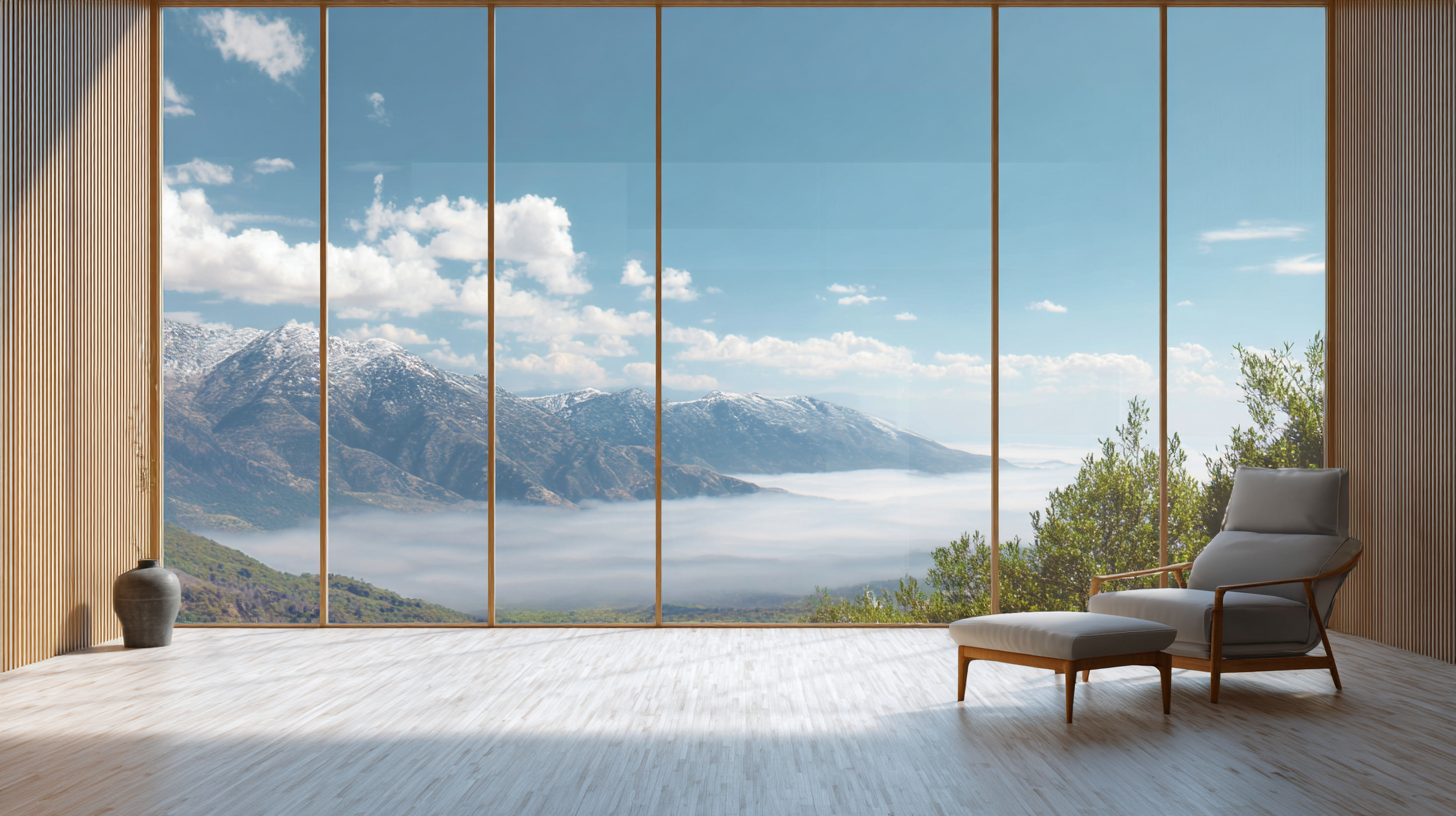Leave Your Message
When it comes to transforming your living space, selecting the right manufacturer for WPC wall panel solutions is a crucial step in achieving your desired aesthetic and functionality. WPC, or Wood Plastic Composite, wall panels have gained immense popularity for households due to their durability, ease of maintenance, and eco-friendliness. However, with a multitude of manufacturers available in the market, it can be daunting to identify the best options that meet quality standards and design preferences. This guide aims to provide insights and essential tips for homeowners seeking the perfect WPC wall panel for household applications. By understanding the key factors to consider, you can make informed decisions that will enhance the beauty and longevity of your home while ensuring you partner with reputable manufacturers committed to excellence.

WPC wall panels, or Wood Plastic Composite panels, have gained significant popularity in home design due to their unique combination of aesthetic appeal and practical functionality. These panels are crafted from a blend of wood fibers and plastic, making them highly durable and resistant to moisture, pests, and warping. This ensures that your walls not only look beautiful but also stand the test of time, especially in areas prone to humidity, such as kitchens and bathrooms.
In addition to their durability, WPC wall panels are available in a wide range of styles, colors, and textures, allowing homeowners to customize their interiors to reflect personal taste. The installation process is also straightforward, often requiring minimal tools and expertise, making it a cost-effective choice for renovations or new builds. Beyond their physical attributes, WPC wall panels are an environmentally friendly option, as they utilize recycled materials in their production. This combination of style, functionality, and sustainability positions WPC wall panels as an ideal solution for modern homeowners looking to enhance their living spaces.
| Feature | Description | Benefits |
|---|---|---|
| Durability | Highly resistant to moisture, insects, and decay. | Extended lifespan compared to traditional wood panels. |
| Low Maintenance | Does not require painting, sealing, or staining. | Saves time and costs on upkeep. |
| Eco-Friendly | Made from recycled materials and is fully recyclable. | Reduces environmental impact and promotes sustainability. |
| Aesthetic Variety | Available in different colors, textures, and designs. | Enhances interior decor and can match various styles. |
| Easy Installation | Simple to cut and install; compatible with various fastening systems. | Reduces labor costs and project time. |
When it comes to enhancing your home’s interior or exterior with
WPC (Wood Plastic Composite) wall panels, it's essential to choose the type that best suits your needs and aesthetic preferences. There are several options available, each with its unique characteristics. For instance, tongue and groove panels provide a seamless look and are ideal for both traditional and contemporary designs. On the other hand, slatted panels can offer a modern aesthetic with their clean lines, making them an excellent choice for minimalist spaces.
Tip: Consider the climate of your area when selecting WPC wall panels. Some types are better suited for humidity and moisture exposure, while others may perform well in dry conditions. Additionally, think about the intended use of the space; for outdoor applications, choose panels that are resistant to UV rays and fading.
Another popular choice is textured wall panels, which can add depth and dimension to any room. They come in various finishes, including wood grain, stone, and custom designs. These panels are not only visually appealing but also provide durability and ease of maintenance.
Tip: If you’re looking for an eco-friendly option, check for manufacturers that use recycled materials in their WPC wall panels. This can provide peace of mind while contributing to sustainable living practices in your home. Always ensure that the panels you select align with your environmental values while enhancing the beauty of your space.

When selecting a manufacturer for WPC (Wood-Plastic Composites) wall panel solutions, several key considerations come into play to ensure you receive the best quality products. A crucial factor is the raw materials utilized in the manufacturing process. According to a 2021 report by Research and Markets, the global WPC market is expected to reach USD 10.4 billion by 2025, emphasizing the importance of sourcing high-quality materials that can impact durability and aesthetics. Manufacturers that prioritize premium wood fibers and recycled plastics typically produce panels with greater longevity and resilience against environmental factors.

Another essential aspect to consider is the manufacturer's production capabilities and quality assurance processes. According to a survey conducted by the Composite Panel Association, 68% of industry professionals prioritize manufacturers with robust quality control practices. Investigating a company's certifications, such as ISO 9001, can provide insight into their commitment to producing consistent, high-quality products. Additionally, manufacturers that invest in advanced technology and sustainable practices are likely to align with your values, delivering innovative WPC solutions that meet both performance and environmental standards.
When selecting wall panel materials for your home, it's essential to weigh the pros and cons of various options to ensure you make the best choice. Wood-based options, like plywood and medium-density fiberboard (MDF), offer a traditional aesthetic that can enhance the warmth of a room. However, they're susceptible to moisture and can warp over time, making them less suitable for high-humidity areas.
On the other hand, WPC (Wood Plastic Composite) panels provide a modern alternative that combines the beauty of wood with enhanced durability and low maintenance. These panels are resistant to moisture, insects, and decay, making them ideal for both interior and exterior applications. However, potential downsides include a higher upfront cost compared to conventional wood panels and limited color options.
When comparing alternatives, consider your specific needs, such as aesthetics, durability, and maintenance requirements, to find the best wall panel solution for your home.
When it comes to installing WPC (Wood Plastic Composite) wall panels, achieving the best results in your home hinges on proper installation techniques. First and foremost, ensuring a clean and dry surface is critical. According to industry reports, improper surface preparation can lead to adhesive failures and warping, undermining the durability and aesthetic appeal of the panels. A well-prepared surface reduces the chances of moisture retention, which is essential given that WPC materials are designed to resist water damage.
Moreover, utilizing the right tools and techniques is crucial for a seamless installation. Research from leading home improvement authorities indicates that using high-quality clips and fasteners can significantly enhance the stability of WPC wall panels. These components not only facilitate a snug fit but also allow for expansion and contraction, addressing concerns related to temperature fluctuations. For optimal results, align panels carefully and ensure consistent spacing to maintain uniformity throughout the installation. This attention to detail can elevate the overall appearance and functionality of your walls, making them a stunning focal point in your living space.

